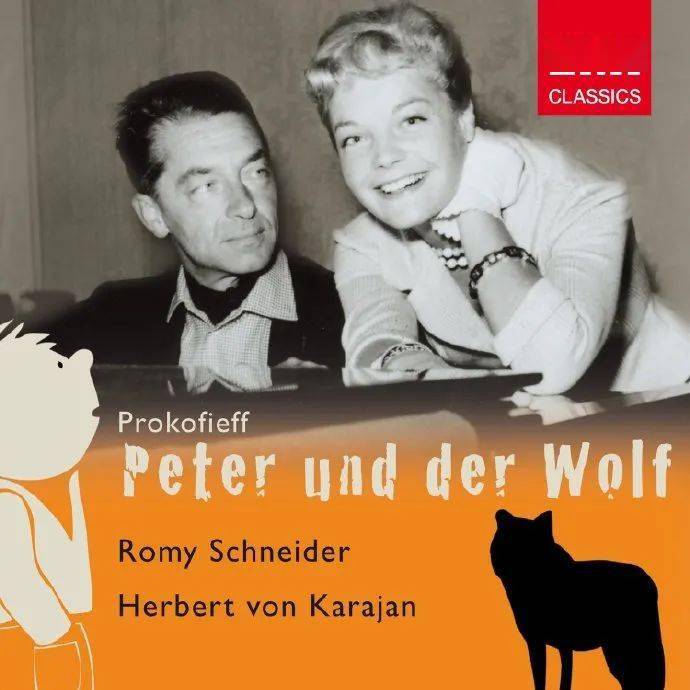How Did Peter Steele Die: Unraveling the Mystery Behind the Iconic Frontman's Untimely Demise
Peter Steele, the charismatic frontman of the gothic metal band Type O Negative, left an indelible mark on the music world with his deep baritone voice and……
Peter Steele, the charismatic frontman of the gothic metal band Type O Negative, left an indelible mark on the music world with his deep baritone voice and hauntingly poetic lyrics. However, his unexpected death in 2010 shocked fans and the music community alike, prompting many to ask, how did Peter Steele die? This question has lingered in the minds of fans, leading to a myriad of discussions and speculations about the circumstances surrounding his passing.
Born on January 4, 1962, in Brooklyn, New York, Steele was not only a musician but also a model and actor. He was known for his towering height and striking looks, which complemented his dark, brooding persona both on and off stage. Steele's music often explored themes of love, loss, and existential despair, resonating deeply with fans who found solace in his art.

As Type O Negative rose to prominence in the 1990s with albums like "Bloody Kisses" and "October Rust," Steele became a cultural icon. His lyrics were laced with a mix of melancholy and humor, capturing the complexities of human emotions. However, behind the scenes, Steele struggled with personal demons, including battles with substance abuse and depression.
On April 14, 2010, the music world was rocked by the news of Peter Steele's death. Initial reports indicated that he had passed away in his sleep at the age of 48. The cause of death was later revealed to be heart failure, a condition that had been exacerbated by his long history of health issues, including a previous battle with pneumonia and a lifelong struggle with depression. Steele's death was a tragic reminder of the toll that fame and personal struggles can take on an individual.

Fans and fellow musicians mourned Steele's passing, sharing their memories and tributes on social media and music forums. Many expressed their gratitude for the music he created and the impact he had on their lives. The outpouring of grief highlighted the profound connection that artists can forge with their audiences, even in death.
In the years following his death, Steele's legacy has continued to grow. Type O Negative's music remains influential, inspiring new generations of musicians and fans. The band's unique blend of metal, gothic, and punk elements created a sound that was distinctly their own, and Steele's contributions to the genre are celebrated to this day.

In conclusion, the question of how did Peter Steele die serves as a gateway to understanding not only the life of a remarkable artist but also the struggles that many face in the pursuit of their passions. His story is a poignant reminder of the importance of mental health awareness and the need for compassion in the face of adversity. As fans continue to celebrate his music and memory, Peter Steele's legacy will undoubtedly endure, inspiring countless individuals to embrace their creativity and confront their challenges head-on.